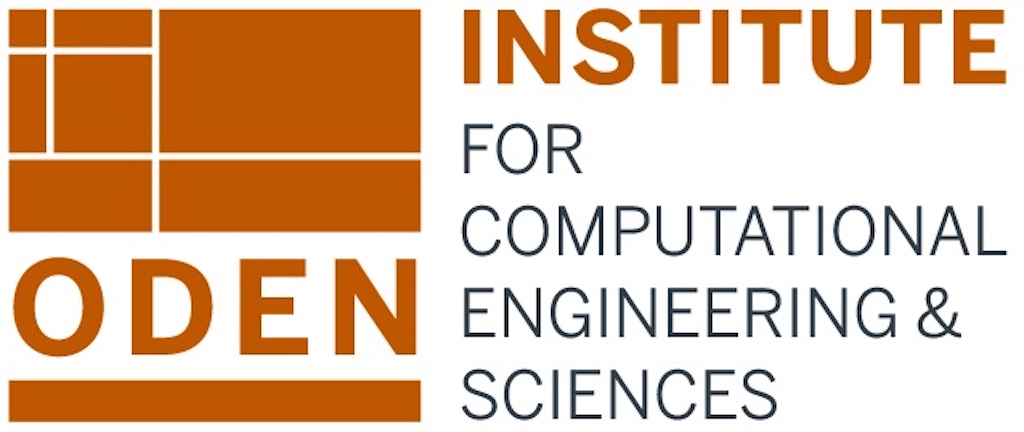
Computational Molecular Biophysics
Developing algorithms to simulate the structure, dynamics, and function of biological molecules and their assemblies. The group carries computer simulations of these systems at atomic resolution and extract information about their functions, such as folding propensity, transport, selectivity, and efficiency. The time scales of these processes vary by many orders of magnitudes, from femtoseconds (10-15s) to hours and require special simulation techniques. The research team uses statistical mechanic theories and novel computer algorithms to cover this vast time range. These simulation techniques are applied to the study of a variety of biomolecular systems, such as RNA folding, operation of molecular machines, enzymatic reactions, protein activation, passive transport through biological membranes, and active translocation between cell compartments. The team works with the experimental groups of Prof. Carlos Baiz, Prof. Ken Johnson, Prof. Rick Russell, and Prof. Lauren Webb at the University of Texas at Austin. The group also collaborates with the groups of Ron Mittler from University of Missouri and with the group of Rachel Nechushtai from the Hebrew University.
Directors
Faculty and Research Staff
Students
Staff
Computer simulations of long-time events in biomolecular systems.
Algorithms for rare events: The group develops algorithms to simulate biological phenomena at exceptionally long times at the molecular scale. For example, while the smallest time interval of molecular motion is in femtoseconds (10-15s), molecular transport through biological membranes can take hours. Milestoning, an algorithm that partitions phase space to compartments and computes short trajectories between boundaries of compartments (called milestones), is developed. The information from the short trajectories allows the exact calculation of exceptionally long-time events. These algorithms are applied to the study of interesting biological processes.
RNA folding:
Studies the mechanism of RNA folding. Recently it was shown that gains in water entropy drive the collapse of this highly charged polymer from extended to a compact shape.
HIV reverse transcriptase:
Studies the specificity, selectivity, and efficiency of a DNA polymerase (a family of proteins that synthesize the genetic code). The group examines the conformational transition of the protein that follows ligand binding and illustrates that it has a significant effect on selecting the correct base. The group recently completed the study of the chemical event in which a base is added to a single strand and showed that it is a rate-determining.
Anthrax:
Simulates the transport of the anthrax toxin's lethal factor through the anthrax channel and illustrates that change in protonation provides the free energy necessary for the transport event from the endosome to the cytosol.
Membrane transport:
Uses Milestoning to investigate the molecular mechanisms of Cell-Penetrating Peptides. These peptides are messengers and carriers that interact with biological membranes, and are invariably positively charged, posing a challenge for permeation attempts through the hydrophobic environment of membranes. The group also use a new algorithm (Molecular Dynamics with Alchemical Steps – MDAS) to equilibrate heterogeneous biological membranes.
Projects
National Institute of Health: GM59796, “Long Time Dynamics of Biomolecules”, Ron Elber, PI
National Institute of Health: GM111364, “Modeling Membrane Dynamics and Permeation”, Ron Elber, Lauren Webb, Alfredo Cardenas, MPIs
National Science Foundation: BIO-1815354, ”Understanding Extremely Heterogeneous Biological Membranes”, Carlos Baiz and Ron Elber, MPIs
Welch Foundation: F-1896, “Rafts and Biological Membranes”. Ron Elber, PI